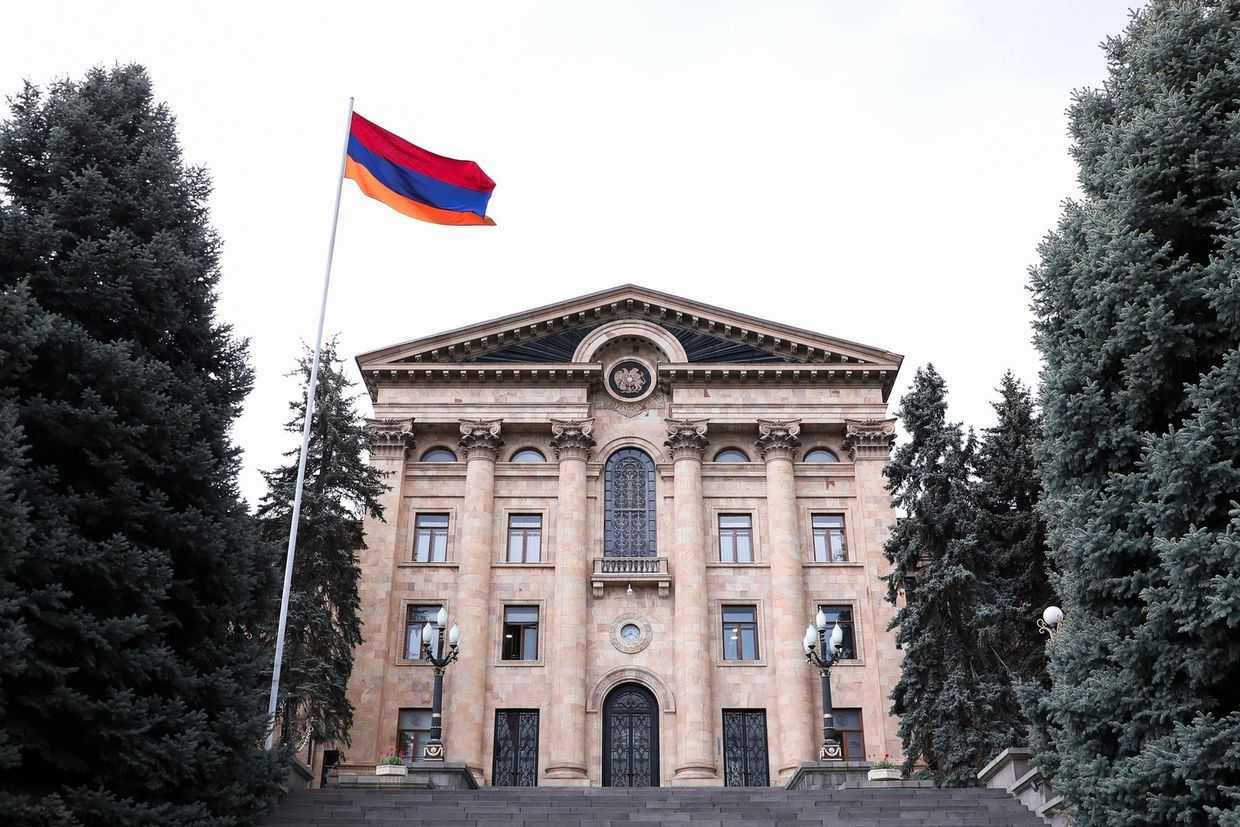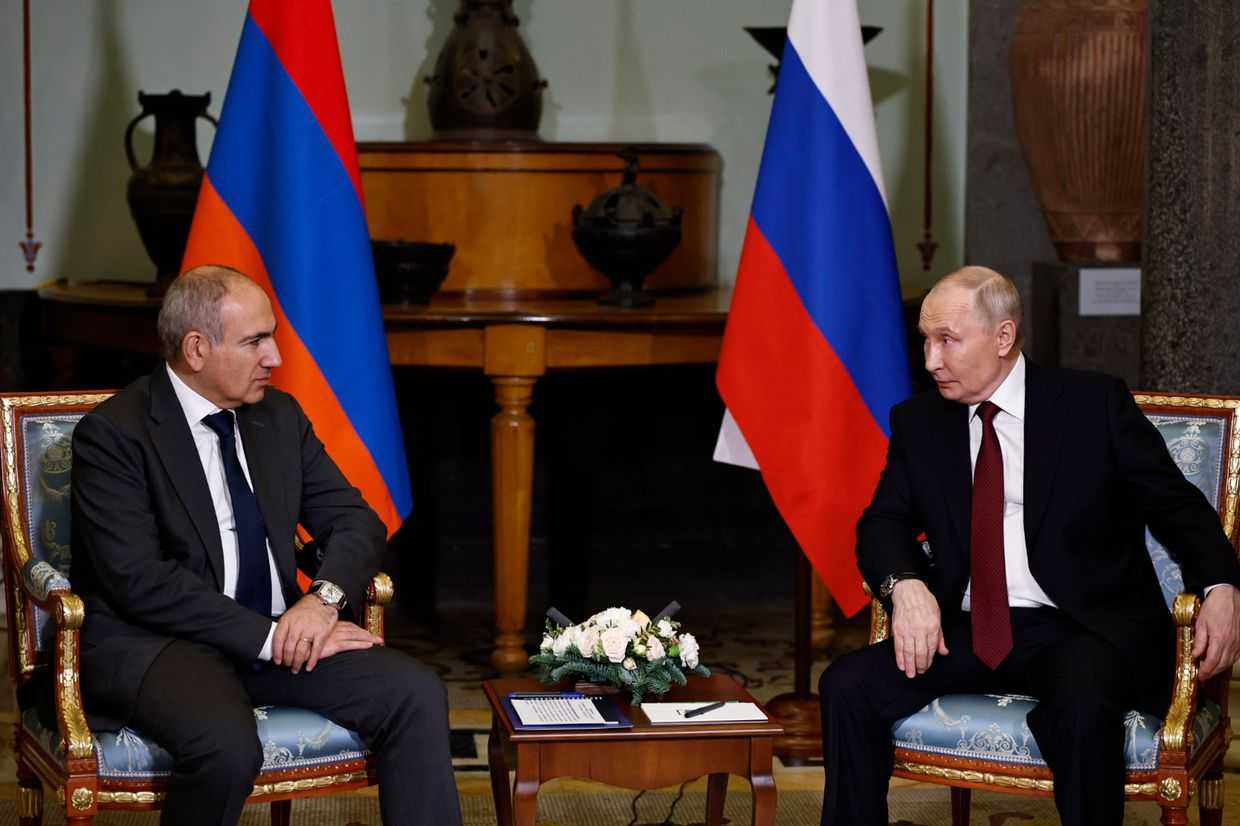
The planned display of a statue of a pre-Christian Armenian goddess in Yerevan has prompted online criticism on religious grounds.
The head of Anahit, a major pre-Christian Armenian goddess of fertility and healing, is being loaned to Armenia’s History Museum for six months by the British Museum.
On Monday, History Museum director Davit Poghosyan said the statue’s display at the History Museum would begin on Armenia’s independence day this year, 21 September.
It will be part of an exhibition titled ‘Mother Deity: from Anahit to Mariam’, also showcasing other mother goddess exhibits from the History Museum’s collection.
Armenia’s Minister of Culture, Zhanna Andreasyan, emphasised the significance of the exhibition’s opening on the country’s independence day, and stated that the exhibition ‘should arouse a lot of interest’ in the public.
However, the news prompted online condemnation from some Armenian Christians, who commented on posts announcing the news in droves.
Some took issue with Anahit being termed a deity, stating that the statue was ‘not of a goddess, but of an idol’, and calling the move an act of ‘enmity’ against the Christian god. Others posted Bible quotes, while some commentators warned that ‘punishment’ would come for those who ‘tried to despise Jesus’.
‘It is no coincidence that [this will take place] on the day of independence, it is as if they are doing a special evil ritual so that we lose our independence’, wrote one social media user.
However, others weighed in to respond to the comments, reminding commenters of Armenia’s extensive pre-Christian religious history.
One user noted that the History Museum displayed ‘countless pre-Christian idols, statues, and other artefacts’.
‘Why haven’t you rebelled before? Have you ever been to a museum?’ they asked.
Another user ironically suggested that those criticising the exhibition should destroy the Garni Temple, the only pre-Christian temple still standing in Armenia.
Discussions regarding the statue’s presence in Armenia first took place in 2012, when according to RFE/RL, then-Minister of Education Armen Ashotyan demanded that the British Museum return the statue to Armenia. In response, the British Ambassador suggested that the statue could be temporarily displayed in Armenia.
The British Museum acquired the head in 1873. The bronze head is named ‘the Satala Aphrodite’ in the British Museum’s collection, and was found in Satala, present-day Turkey.
The Museum also notes that according to rumours, the body of the statue was discovered in the late 1800s but then removed to a secret location, and has not since been located.









